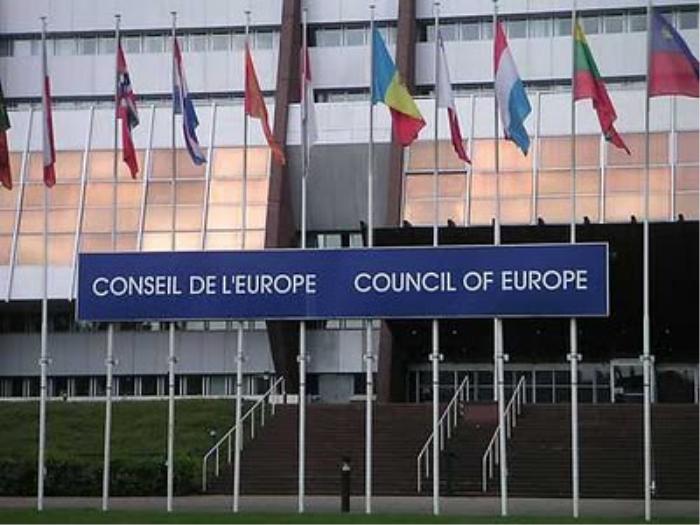
Russian Government Allows Council of Europe to Publish Torture Report on the North Caucasus
Publication: Eurasia Daily Monitor Volume: 10 Issue: 15
By:

On January 24, Council of Europe Secretary General Thorbjørn Jagland welcomed the Russian government’s decision to allow the publication of a report on the North Caucasus by the Council of Europe’s Committee for the Prevention of Torture and Inhuman or Degrading Treatment or Punishment (CPT). The statement said that until recently the Russian government had prevented the CPT from publishing its reports about the North Caucasus. The CPT’s latest report expressed concerns over the treatment of detainees in the North Caucasus region and the effectiveness of investigations of power abuses by the region’s law enforcement agencies. The report in question covers the CPT mission to the region in April–May 2011. The mission visited detention centers in Dagestan, Chechnya and North Ossetia, and the resulting report was published in English and Russian (https://www.cpt.coe.int/documents/rus/2013-01-24-eng.htm).
The Russian government has been known for its efforts to isolate the North Caucasus from the outside world in many ways. Sensitive areas of the North Caucasus where counterinsurgency operations were commonplace have been especially well guarded. Human rights organizations have documented numerous instances of maltreatment of detainees in the North Caucasus and beyond. Even though Russian prisons in general are known for massive breaches of human rights, when it comes to non-Russians, and especially those that were sentenced for connections to rebel activities, the authorities’ abuses multiply greatly. As the insurgency and police operations against it spread across the region, all the North Caucasian republics and even nearby ethnic Russian cities could be cited for especially harsh treatment of detainees. Indeed, even though North Ossetia is not a republic where counterinsurgency operations are common, suspects from Ingushetia, Dagestan and other republics often end up detained in Vladikavkaz. Belyi Lebed (White Swan), the detention center located, in the city of Pyatigorsk in Stavropol region has also been known for detaining people accused of connections to the North Caucasian rebel movement.
The CPT’s report said that they had received especially troublesome information from Dagestan and Chechnya. It documented six reports of abuses of detainees in Dagestan, including beatings, torture with electric shocks and other illicit acts. In one such case a certain detainee coded as “A” was described as having been put through the following: “An electric wire was attached to the fifth finger of each of his hands, and he was subjected to electric shocks. Reportedly, he was left in this position overnight and was then subjected to further electric shocks the following day, including to his hands, tongue and genitals, by means of a hand-held device.” A detainee from Chechnya, identified as “Mr. G” told the CPT team members that he would provide only part of the evidence of what he had gone on as “some of the things that were done to him were too humiliating.” “G” was detained in September 2010 and portrayed a grim picture of what he experienced. According to the report, it included the following: “Electric shocks through three means, severe beatings (kicks and punches), putting a plastic bag on his head to block the flow of oxygen, pouring boiling water on his feet, squeezing handcuffs while putting them lower than the wrists and fixing them in such a position for several days, threats that he would be raped/sodomized and that it would be filmed and the video distributed among people who knew him.” The reports also detailed several cases of maltreatment from North Ossetia. The same methods of torture were applied there, including electric shock, blackmailing with rape/sodomizing, and so on (https://www.cpt.coe.int/documents/rus/2013-01-inf-eng.htm).
All torture-related cases in the CPT’s report were accompanied by evidence provided through medical examinations. Medical exams directly or circumstantially confirmed the allegations of torture made by the inmates. Also, members of the CPT’s mission carried out their own assessments of the allegations as they examined some of the detainees. The report expressed disappointment about the persistence of the use of illegal methods of investigation by law enforcement. After ten years of visits to the North Caucasus, findings of egregious cases of torture still surfaced, the report said. Unrecorded detentions and detentions in unlawful locations were especially widespread in Chechnya and Dagestan, according to information received by the CPT (https://www.cpt.coe.int/documents/rus/2013-01-inf-eng.htm).
If the CPT’s mission had been extended to Kabardino-Balkaria, Ingushetia and Karachaevo-Cherkessia, the number of law enforcement abuses would have multiplied. As it is, however, the CPT’s visit to the North Caucasus and the publication of its findings is a significant step toward greater transparency in the activities of the law-enforcement agencies and system of incarceration in the region. Previous recommendations by the CPT, such as reorganizing some particularly notorious facilities—for instance the infamous ORB-2 detention facility in Grozny—appear to have been ignored for the most part. Still, greater publicity about illegal and inhumane methods of investigation and detention may eventually yield results. Both international players and domestic actors may start paying greater attention to the human cost of the ongoing conflict in the North Caucasus.




